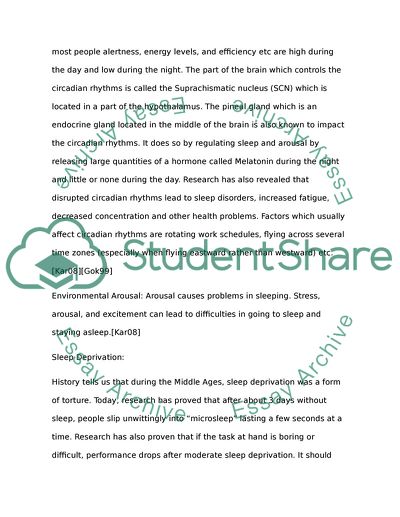Cite this document
(“States of Consciousness Research Paper Example | Topics and Well Written Essays - 1250 words - 3”, n.d.)
States of Consciousness Research Paper Example | Topics and Well Written Essays - 1250 words - 3. Retrieved from https://studentshare.org/psychology/1583347-states-of-consciousness
States of Consciousness Research Paper Example | Topics and Well Written Essays - 1250 words - 3. Retrieved from https://studentshare.org/psychology/1583347-states-of-consciousness
(States of Consciousness Research Paper Example | Topics and Well Written Essays - 1250 Words - 3)
States of Consciousness Research Paper Example | Topics and Well Written Essays - 1250 Words - 3. https://studentshare.org/psychology/1583347-states-of-consciousness.
States of Consciousness Research Paper Example | Topics and Well Written Essays - 1250 Words - 3. https://studentshare.org/psychology/1583347-states-of-consciousness.
“States of Consciousness Research Paper Example | Topics and Well Written Essays - 1250 Words - 3”, n.d. https://studentshare.org/psychology/1583347-states-of-consciousness.


